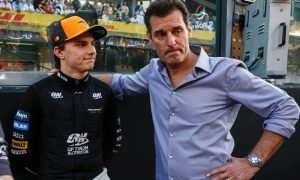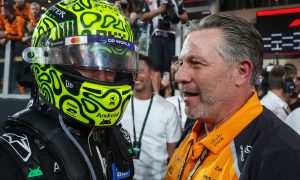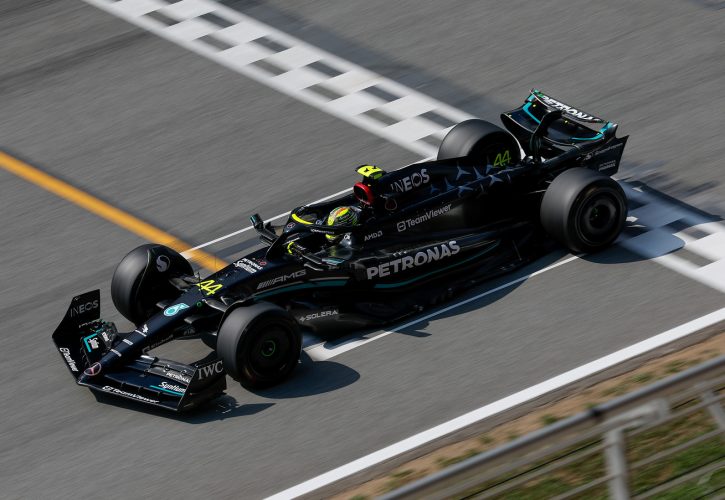
Mercedes technical director James Allison believes the best way to lower the weight of F1’s current generation of hybrid cars is to simply lower the minimum threshold and let the teams deal with the cut-down.
Earlier this month, FIA president Mohammed Ben Sulayem urged F1 to consider lighter cars as part of its next generation regulations that will come into force in 2026, a recommendation that was favourably received by F1 CEO Stefano Domenicali who agrees that’s its time to slim down Grand Prix racing’s machines.
However, with bigger batteries set to become the norm in two years’ time due to an increase of the hybrid/electric component of F1’s future power units, cars are guaranteed to take on more weight.
It’s unclear however which areas of the sport’s future cars the FIA and F1 would target to enforce a reduction in mass.
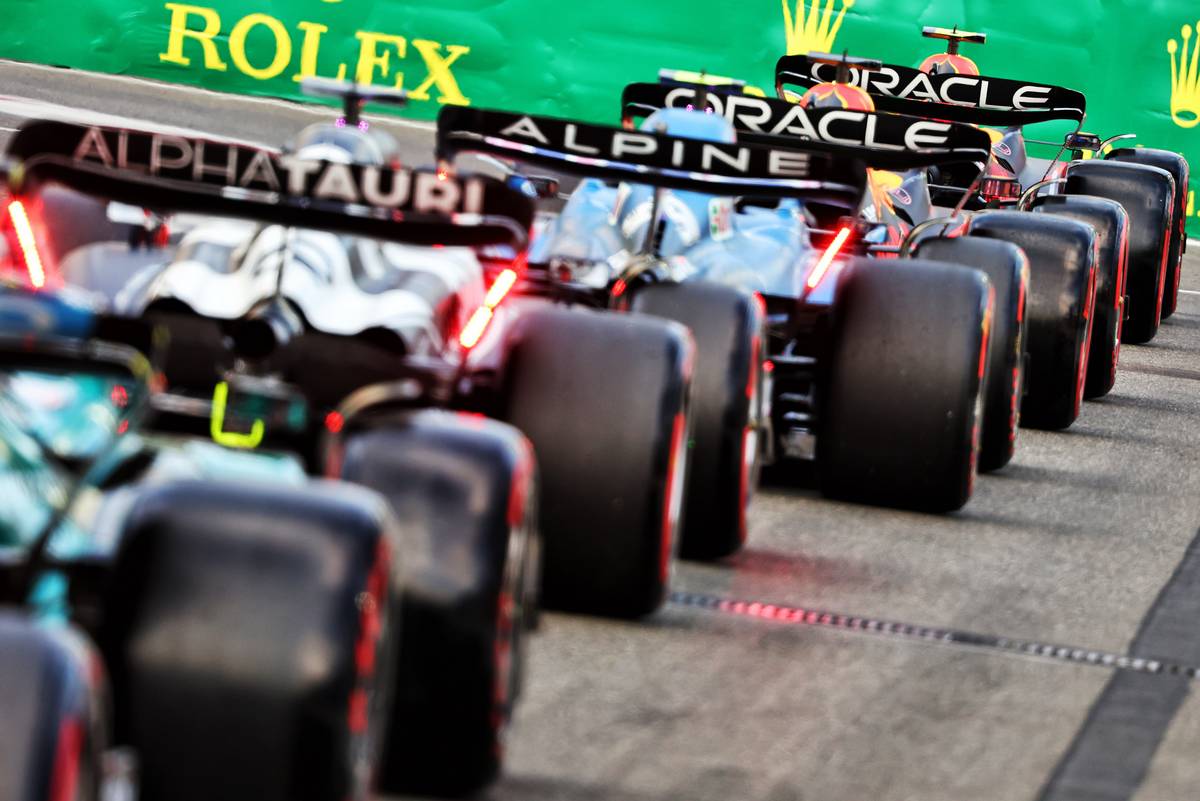
Allison suggests that a new lower threshold - below the current minimum limit of 798 kg - should be defined, leaving teams the freedom to reach compliance, within F1’s technical regulations, through their own approaches.
"I strongly agree with Stefano. He's not alone in thinking that this sort of inexorable upward trend in weight is something that has to be arrested and then reversed because year-on-year they have been getting heavier,” said the Mercedes tech boss, quoted by Motorsport.com.
"It isn't super trivial to get the weight moving in the other direction, but it is particularly tricky to dream up technical rules that are going to make the car much lighter.
"The way to make it lighter, I think, is to lower the weight limit and make it our problem. If cars are over the limit, then it forces us all to make some fairly difficult decisions about what we put in our cars and what we don't.
"Not everyone agrees with that point of view. But that is I think the most guaranteed way to put downward pressure on the weight of the car."

Aston Martin's Dan Fallows agreed with his Mercedes colleague but warned that any effort towards weight reduction in F1 should not come at the expense of safety.
“I think there are things that we can probably do in the rules to help," he said.
"I think certainly putting the weight limit down is one way of achieving it, but we have to make sure that we don't look to compromise safety in any way by doing that.
"Maybe there are things architecturally we could do that would help. But there certainly is going to be a challenge, and I think there's no doubt that, with the power unit regulations being set the way they are, that makes the challenge even bigger."
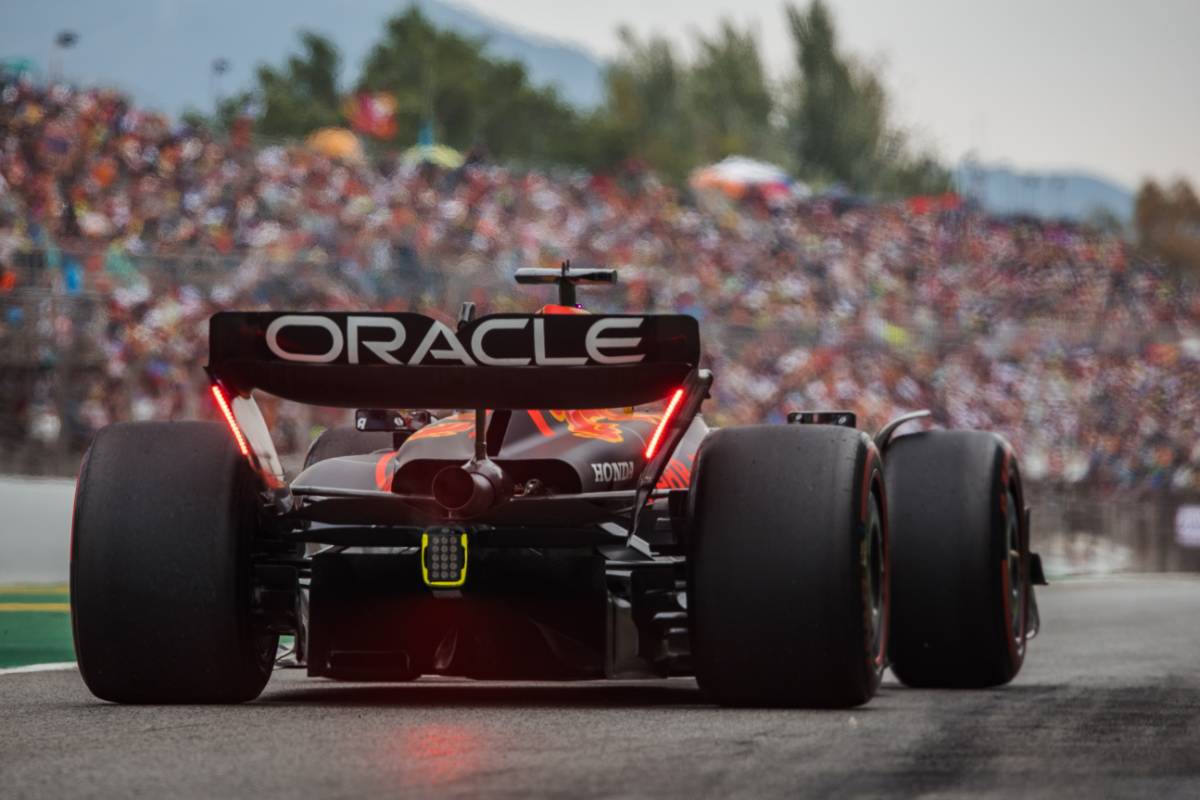
Red Bull engineer Pierre Wache believes that weight reduction will be very difficult to achieve due to the anticipated increased in mass of F1’s 2026 engines.
"I'm not sure that we will have a significant change, in terms of weight," he said.
"I think the power unit that is defined now is already massively heavier than what we currently have. I think to make it significantly lighter, as mentioned by Stefano, it will be very, very difficult."
Keep up to date with all the F1 news via Facebook and Twitter






